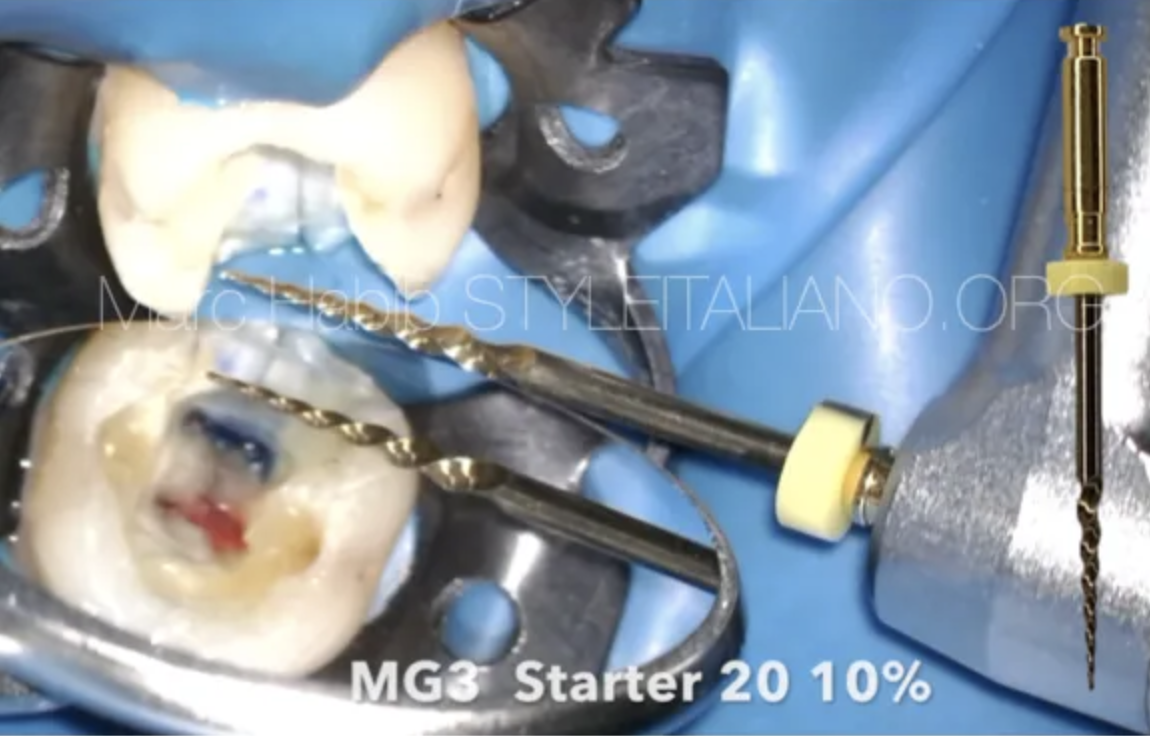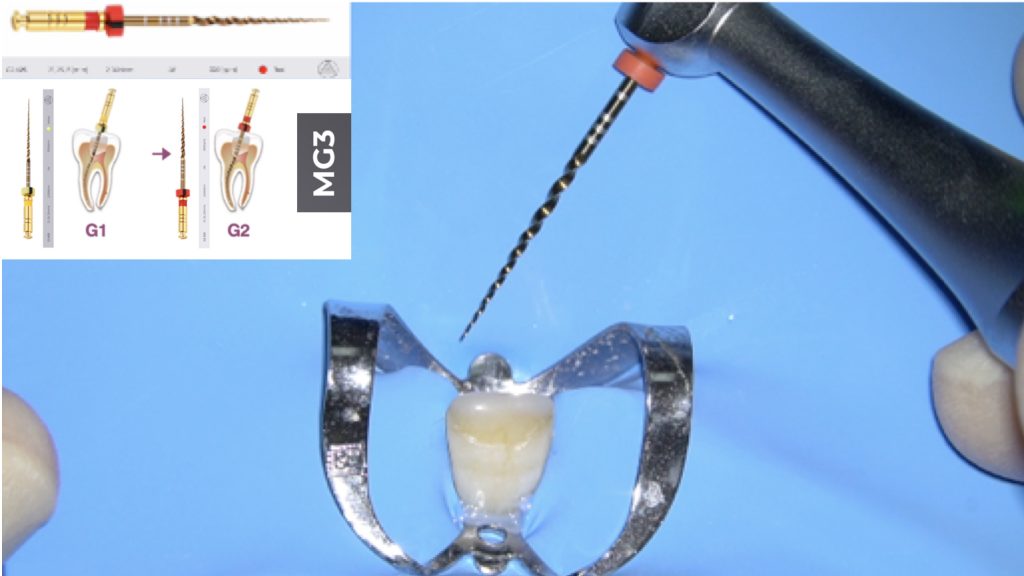
Endodontic Management of Maxillary Central Incisor with apical calcification
15/03/2021
José Conde Pais
Warning: Undefined variable $post in /var/www/vhosts/styleitaliano-endodontics.org/endodontics.styleitaliano.org/wp-content/plugins/oxygen/component-framework/components/classes/code-block.class.php(133) : eval()'d code on line 2
Warning: Attempt to read property "ID" on null in /var/www/vhosts/styleitaliano-endodontics.org/endodontics.styleitaliano.org/wp-content/plugins/oxygen/component-framework/components/classes/code-block.class.php(133) : eval()'d code on line 2
Traumatic dental injuries (TDIs) occur frequently in children and young adults, comprising 5% of all injuries. Twenty‐five percent of all school children experience dental trauma and 33% of adults have experienced trauma to the permanent dentition, with the majority of the injuries occurring before age 19. Luxation injuries are the most common TDIs in the primary dentition, whereas crown fractures are more commonly reported for the permanent teeth. Proper diagnosis, treatment planning and follow up are important to assure a favorable outcome.
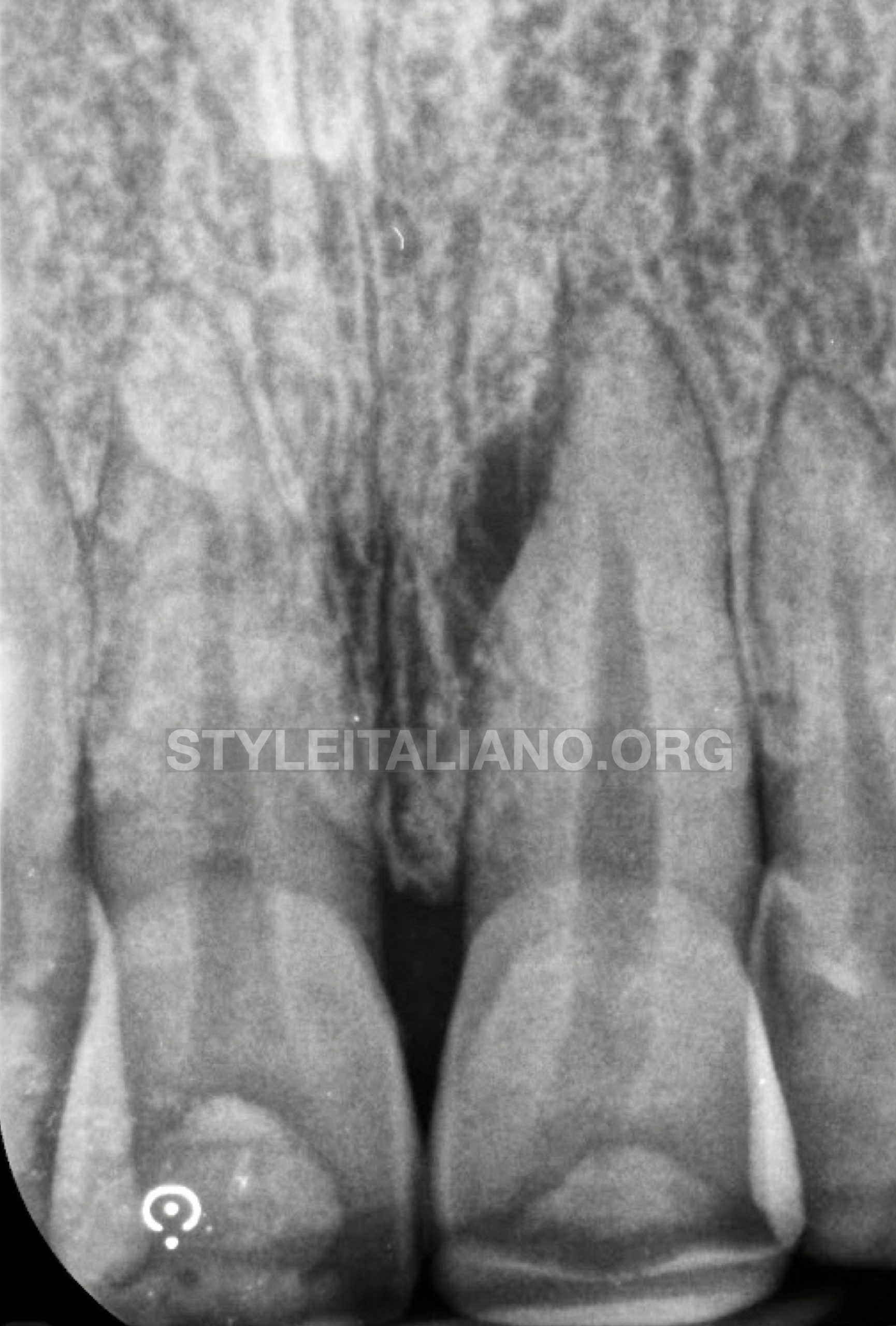
Fig. 1
Fig.1
A 34-year-old female patient presented in our private endodontic office for evaluation of tooth 21, which had a dental trauma 5 years ago.
His health history was unremarkable and radiographic examination revealed a lateral lesion and a calcified canal in the apical third.
Clinical examination :
- Negative vitality
- Positive percussion
- Positive palpation
The diagnosis was apical periodontitis, after discussing treatment options, we decided on an endodontic treatment. The patient was informed of the pros and cons of the treatment and informed consent was obtained.
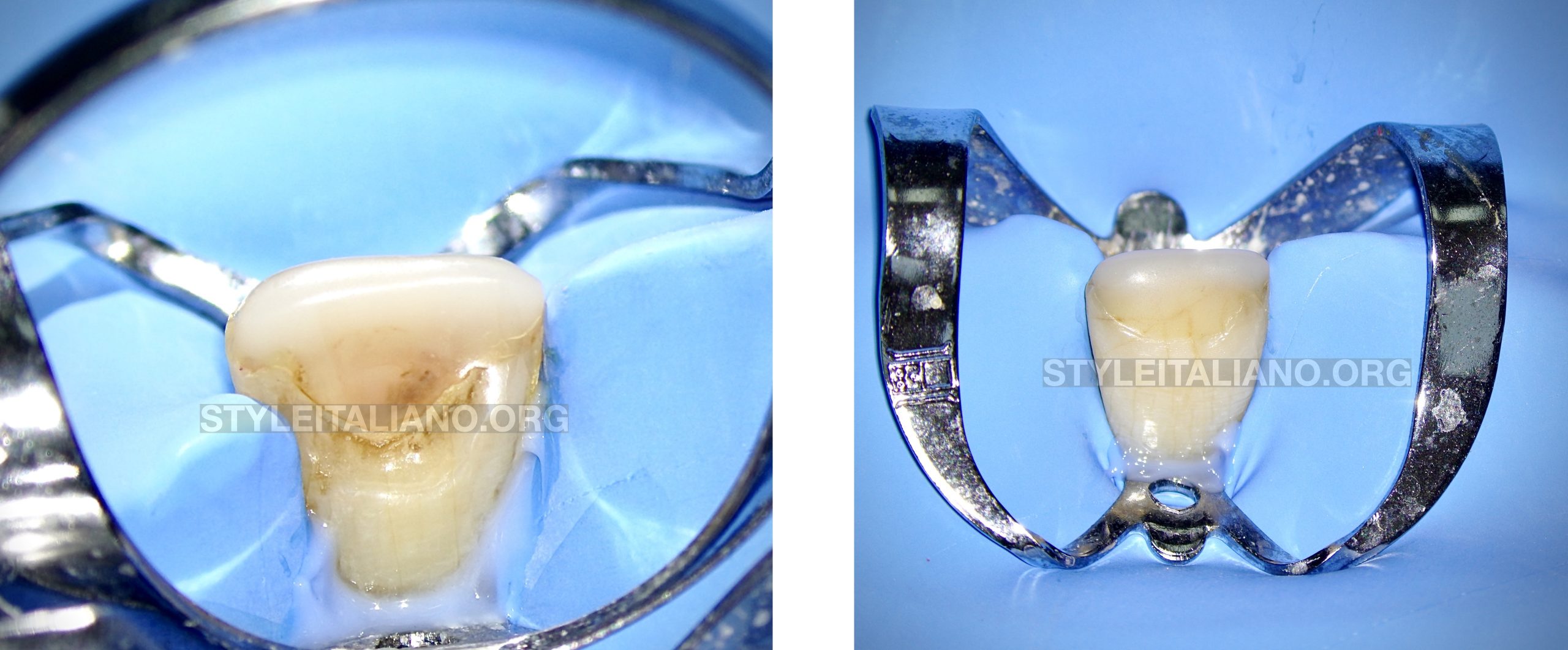
Fig. 2
The first step of a good endodontic treatment is to perform a correct field isolation.
We made the access cavity with an EndoAcces bur and redefined it with ultrasonic tips
Glide Path with manual files C + 06 # 08 # 10 #
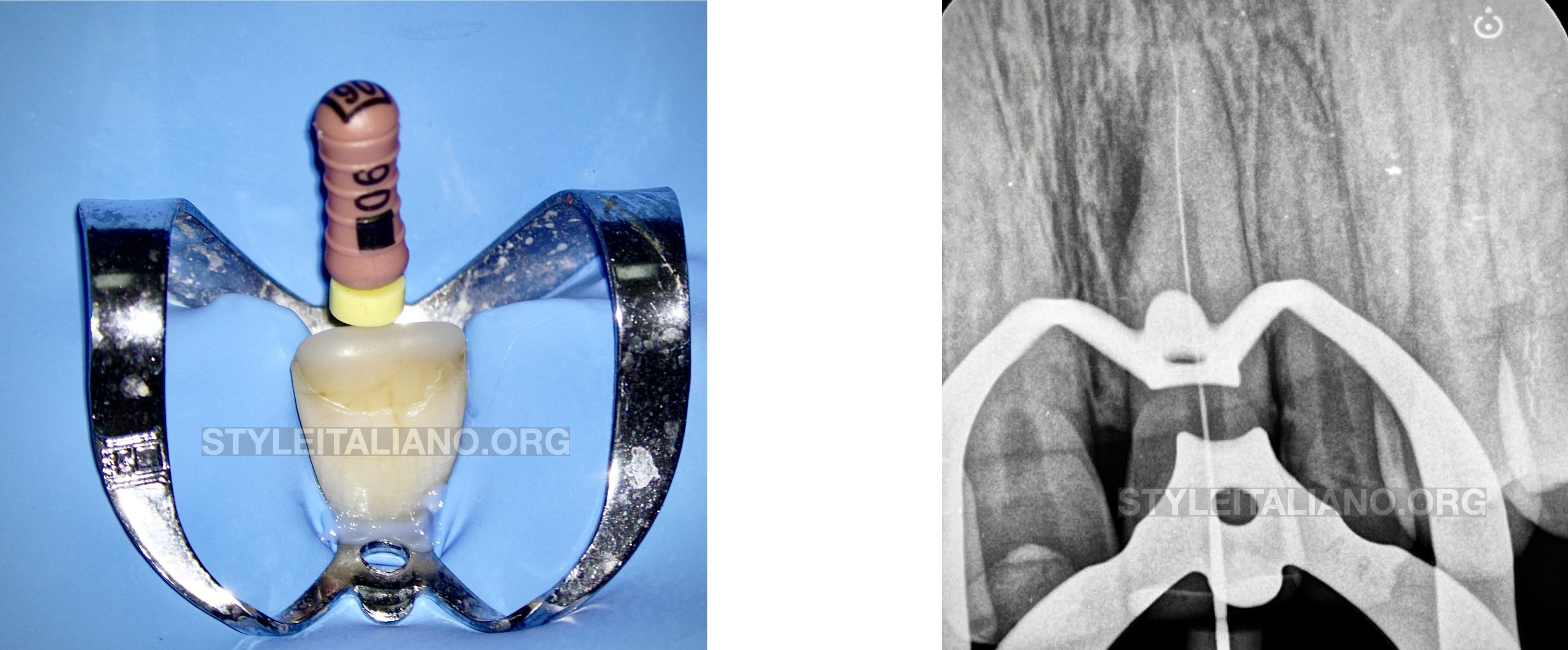
Fig. 3
Glide Path with manual files C + 06 # 08 # 10 #
Preflaring
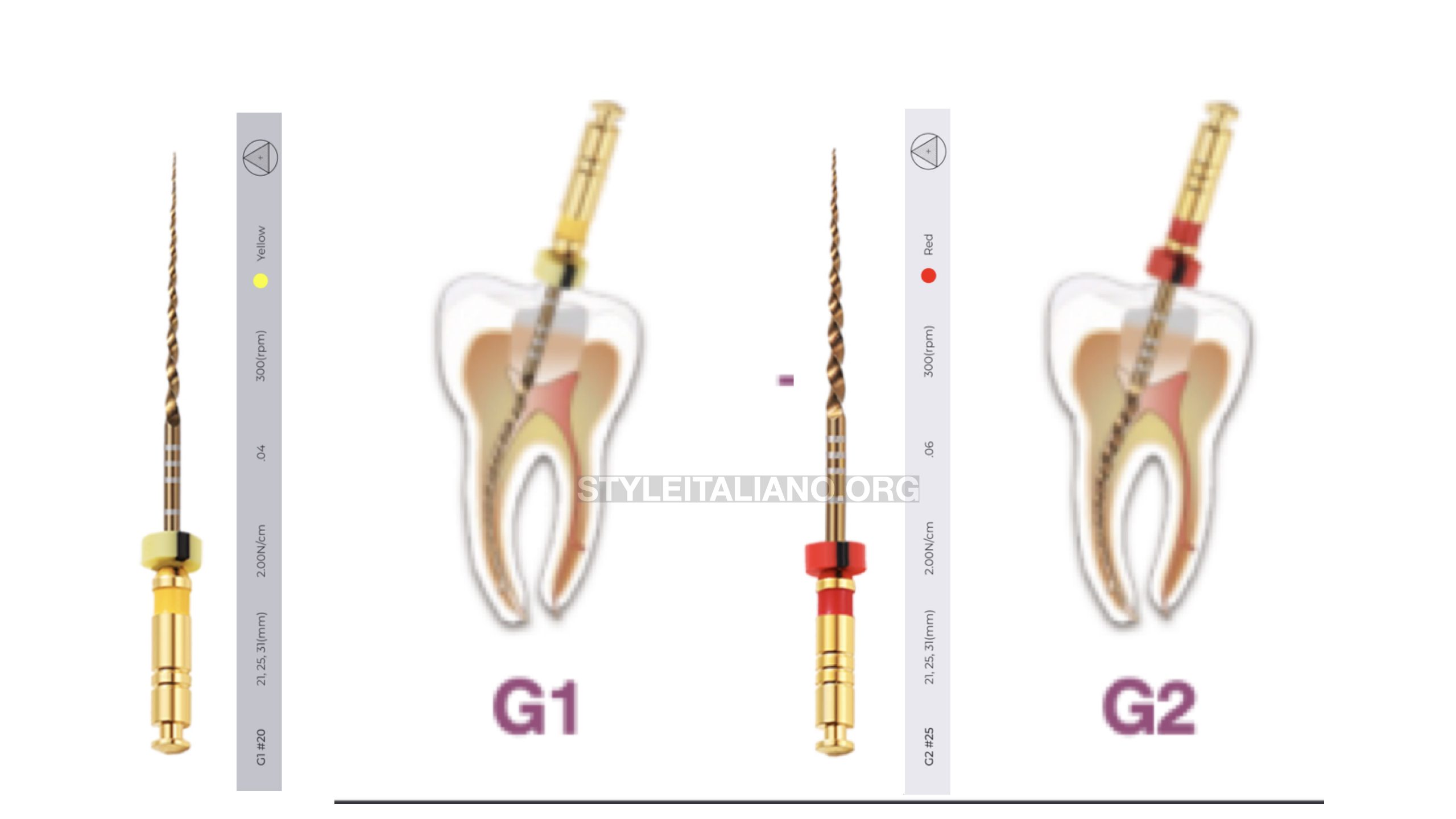
Fig. 4
Sequence
Shaping was performed using G1 and G2 (MG3 files kit )(Shenzhen Perfect Medical Instruments Co)

Fig. 5
Master Apical File 25#
Ultrasonic Activation + Manual Dynamic Activation
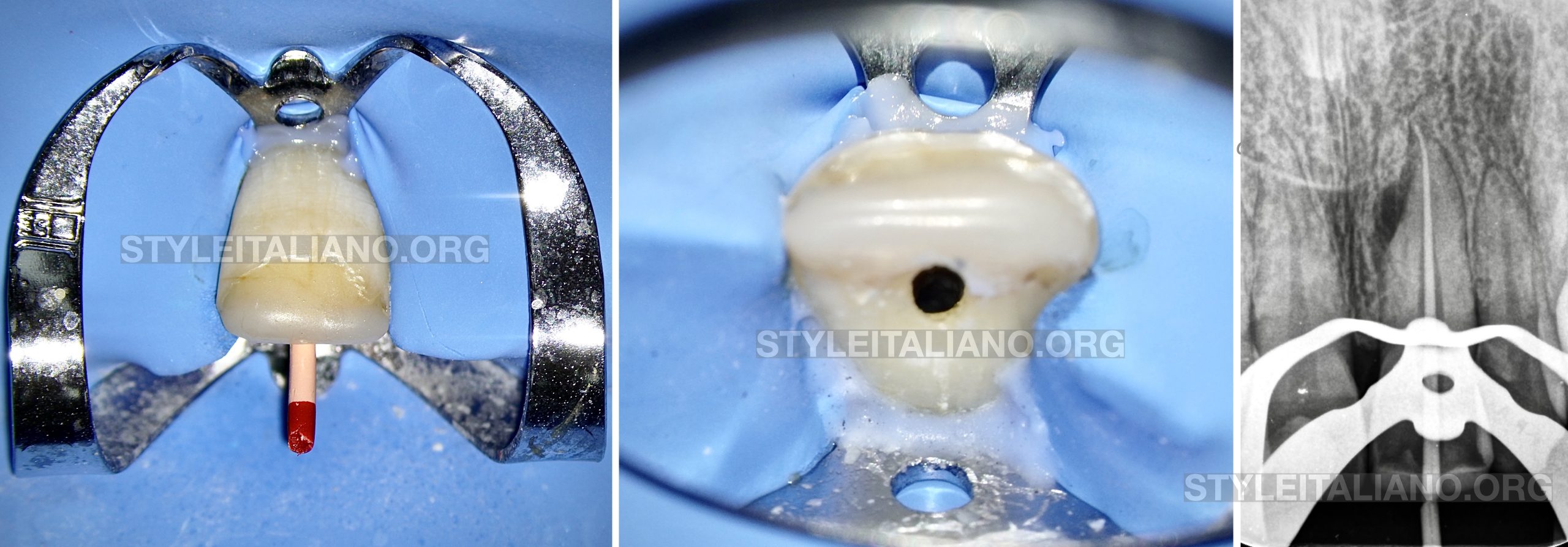
Fig. 6
CONOMETRY ( 25# MASTER CONE)
Obturation with continuous wave technique
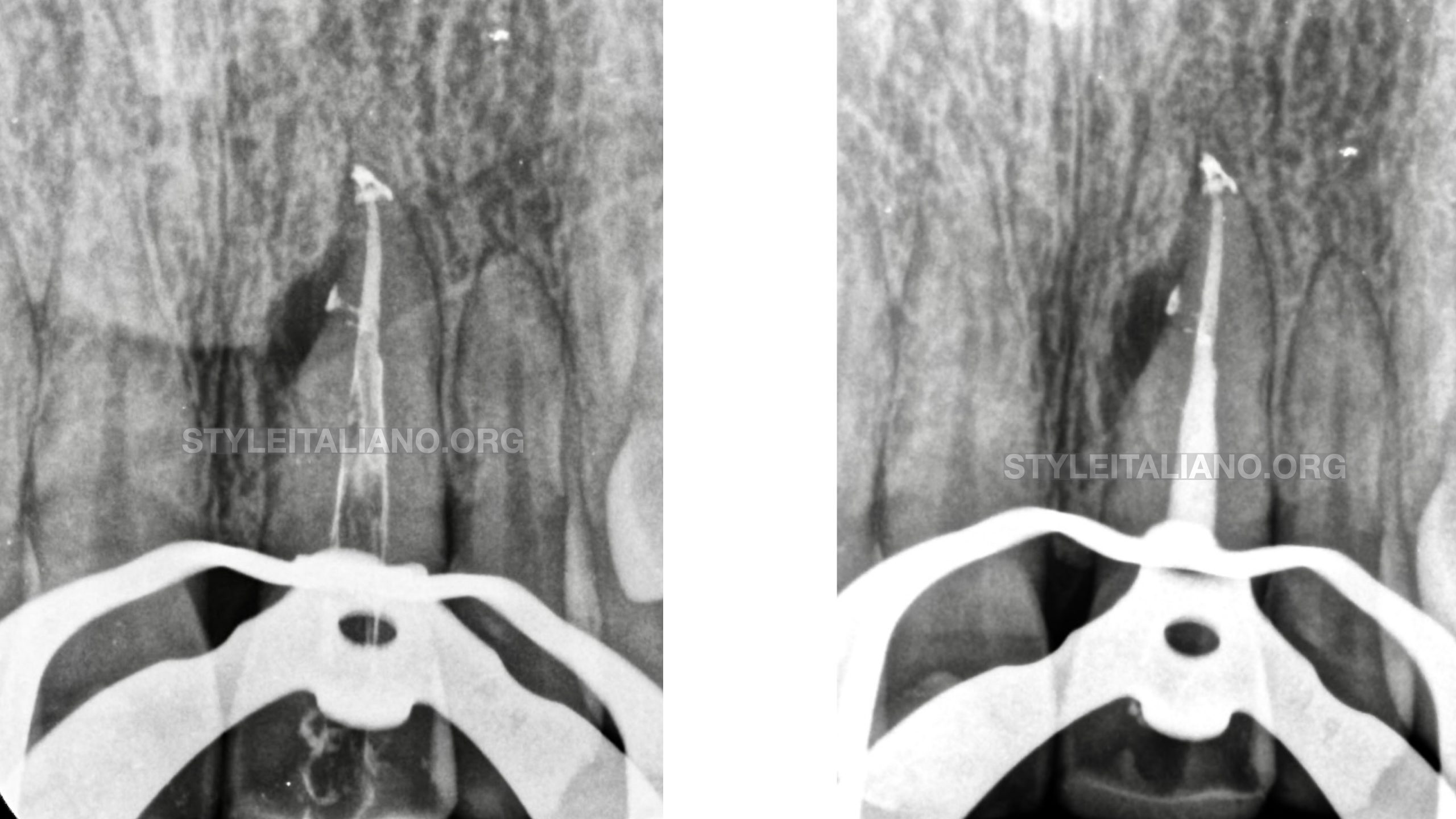
Fig. 7
Apical Seal and Backfill
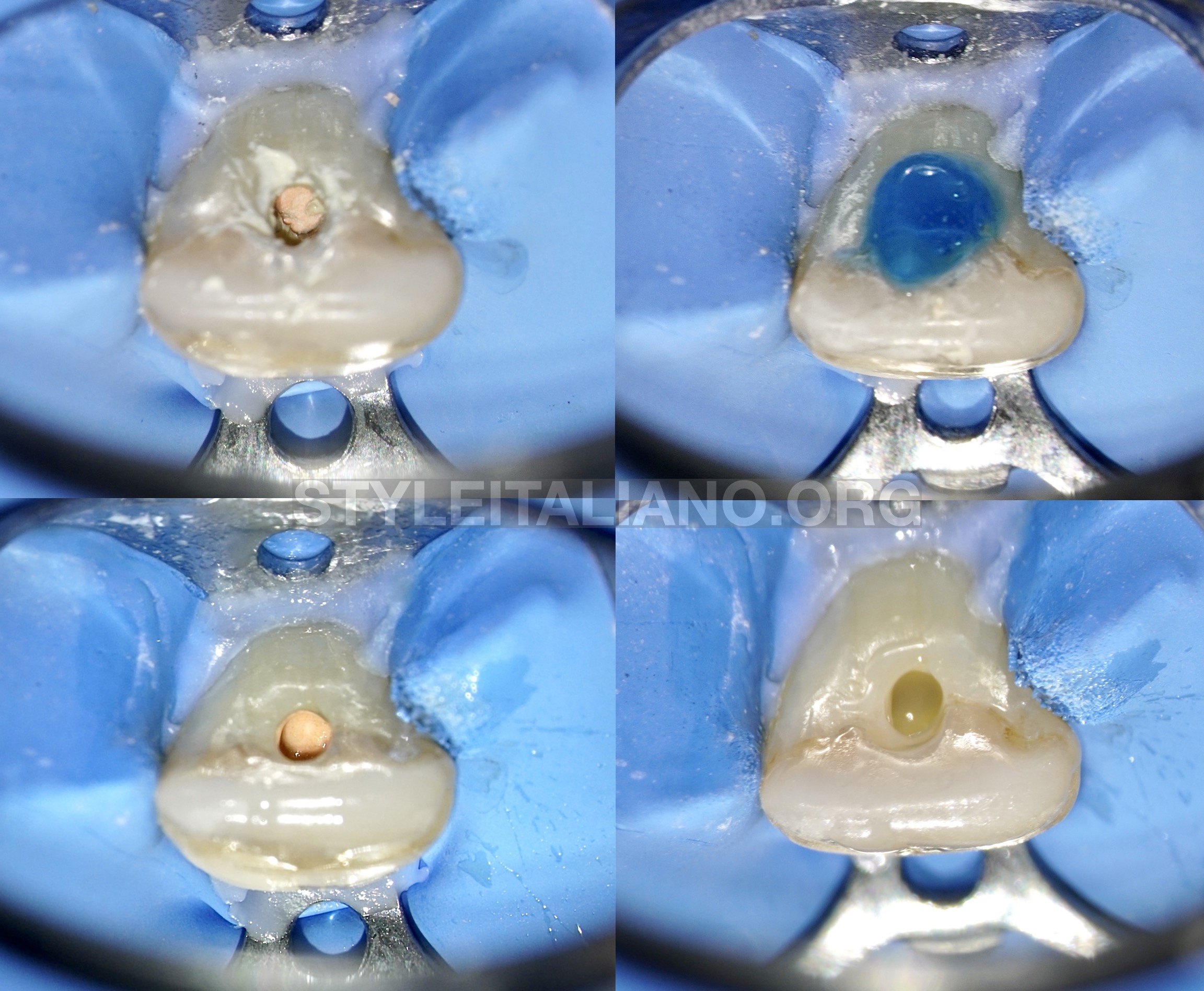
Fig. 8
Immediate endodontic access cavity sealing
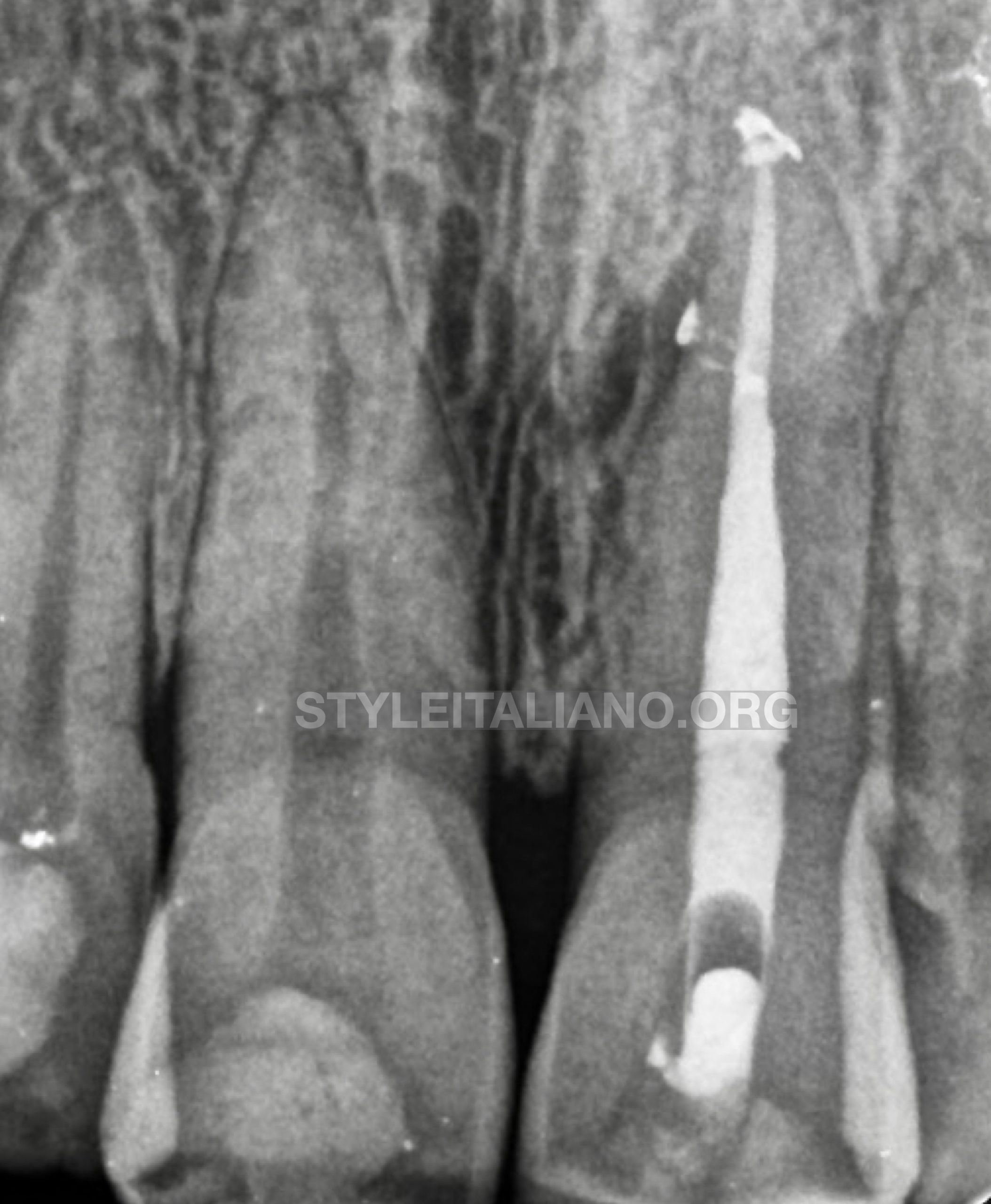
Fig. 9
Final Rx
Full case video
Conclusions
With the right tools and knowledge, we make difficult cases predictable and simple.
Bibliography
Levin, L, Day, PF, Hicks, L, et al. International Association of Dental Traumatology guidelines for the management of traumatic dental injuries: General introduction. Dent Traumatol. 2020; 36: 309– 313.
Susila A, Minu J. Activated Irrigation vs. Conventional non-activated Irrigation in Endodontics - A Systematic Review. Eur Endod J. 2019 Nov 25;4(3)
Zupanc J, Vahdat-Pajouh N, Schäfer E. New thermomechanically treated NiTi alloys - a review. Int Endod J. 2018 Oct;51(10)
Shen Y, Zhou HM, Zheng YF, Peng B, Haapasalo M. Current challenges and concepts of the thermomechanical treatment of nickel-titanium instruments. J Endod. 2013 Feb;39(2)


